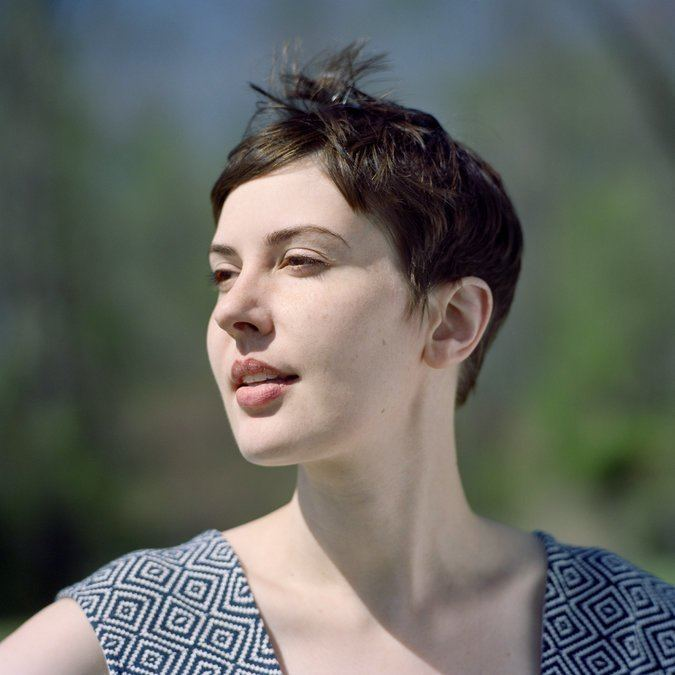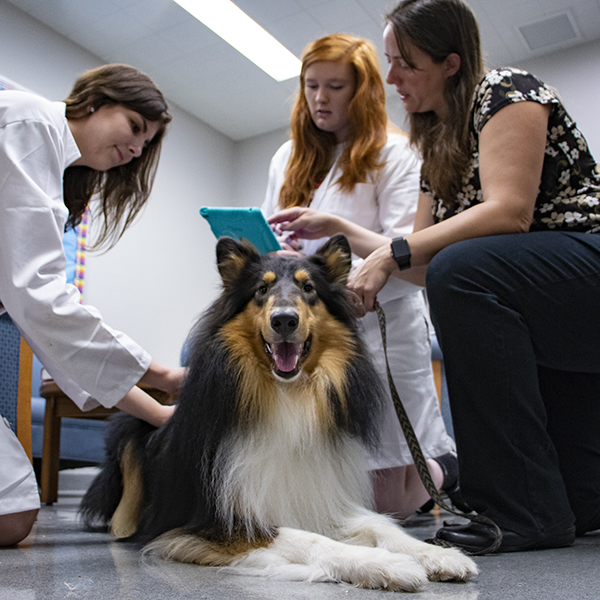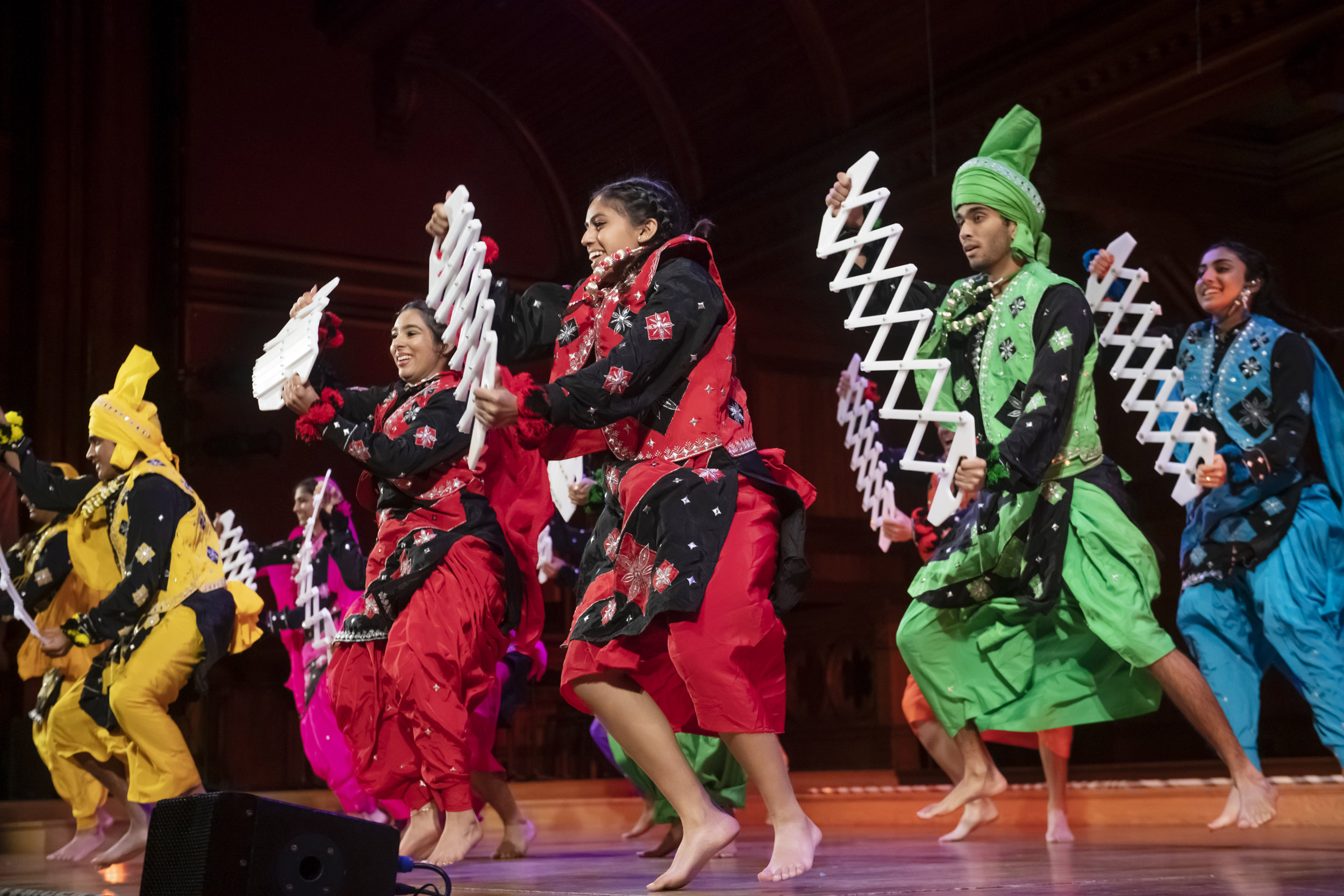AI in photojournalism is revolutionizing how stories are told through images, combining technology with the art of visual storytelling. As photographers face the growing impact of AI on photography, they grapple with challenges related to authenticity and the preservation of important photojournalism archives. Despite concerns about misinformation and copyright infringement, AI technology for photographers holds significant potential for enhancing the discoverability of vast collections that document pivotal moments in history. The ability to preserve photo archives more effectively offers a lifeline to visual storytellers, ensuring that the narrative of our past remains intact. By harnessing such advancements ethically, AI can play a crucial role in maintaining the integrity of photojournalism while safeguarding its legacy for future generations.
Artificial Intelligence’s influence on visual reporting is becoming increasingly prominent, prompting a critical examination of its role in safeguarding historical narratives. This dynamic intersection of technology and traditional photography pushes the boundaries of what photojournalism can achieve. The quest for preserving authentic visual records leads many to explore innovative solutions for maintaining expansive photo archives. As concerns about the impact of AI on photography grow, it remains essential to discern how these tools can uphold the values central to journalism, including truthfulness and memory. In navigating this new landscape, AI could emerge as an invaluable ally in documenting and contextualizing our shared history.
The Role of AI in Photojournalism: A Double-Edged Sword
The integration of artificial intelligence (AI) in photojournalism presents both challenges and opportunities for the industry. On one hand, the sophistication of AI-generated images raises concerns regarding authenticity and the potential for misinformation. As AI technology for photographers advances, distinguishing between genuine photojournalism and manipulated visuals becomes increasingly complex. This change threatens to erode public trust in visual media, as audiences find it harder to discern fact from fabrication.
Conversely, AI can serve as a powerful ally for photographers and journalists. Tools powered by AI are capable of efficiently archiving and organizing vast libraries of photojournalism archives, much of which remains unpublished and forgotten. By leveraging AI, photojournalists can not only enhance their workflow but also ensure that vital visual histories are preserved, contextualized, and made accessible to future generations. This dual potential emphasizes the need for a critical examination of how AI can be harnessed ethically and creatively within the craft.
Preserving Photo Archives in the Age of AI
The preservation of photo archives has become increasingly critical as the digital landscape evolves. With AI’s capability to catalogue and organize vast amounts of data, there is a unique opportunity to safeguard the rich history encapsulated within photojournalism archives. Many iconic images documenting pivotal events remain unseen by the public. By employing AI technology, photographers and archivists can illuminate these hidden treasures, ensuring that the narratives behind the images are not lost to time.
Furthermore, the use of AI in preserving photo archives raises essential questions regarding the ethical use of technology. It’s vital to maintain the integrity of the original works while employing AI for organizational purposes. Solutions need to be established to protect copyright and authorship, ensuring that the technology respects the rights of artists. By establishing guidelines and employing AI responsibly, the photojournalism community can leverage this technology to safeguard the authenticity and legacy of their work.
Impact of AI on the Future of Photographing Conflicts
As AI technology becomes increasingly sophisticated, its impact on conflict photography is profound. AI can analyze images from war zones with remarkable depth, identifying nuanced emotional expressions and contextual details that enrich the historical narrative. For instance, AI’s ability to interpret complex scenes allows photojournalists to curate compelling stories from their archives, providing fresh perspectives on conflict photography that resonate with contemporary audiences.
However, the proliferation of AI-generated imagery also raises critical concerns about representation and truth. In an age where AI can produce hyper-realistic visuals, the line between reality and fabrication blurs dangerously. It is imperative for photojournalists to navigate this landscape with caution, using AI as a tool for amplification rather than replacement. Upholding the values of memory and authenticity in visual storytelling remains paramount, especially in the documentation of conflict.
Understanding Photography’s Core Values Amidst Technological Change
In a time of rapid technological advancement, it is essential for the photography community to reflect on its core values: truth, authorship, and memory. As AI becomes a prevalent tool among photographers, understanding how it aligns or conflicts with these values is crucial. Photojournalists must engage thoughtfully with this technology, ensuring that they do not sacrifice these principles in pursuit of efficiency or trend.
Ultimately, the challenge lies in discerning the role of AI within the evolving landscape of photojournalism. It should not serve as a hindrance to the authenticity of visual narratives but rather enhance the storytelling potential of photojournalists. By striking a balance where AI complements rather than detracts from the essence of photography, we can safeguard the art form’s legacy while embracing the benefits offered by innovation.
AI Technology: A Tool for Enhancing Visual Authenticity
AI technology has the potential to enhance visual authenticity in photojournalism significantly. By deploying AI systems that assess and analyze images for context, photographers can gain valuable insights into how their work is perceived. This includes evaluating the emotional responses evoked by photographs and ensuring that the narratives conveyed align with the intended message, fostering a deeper connection with the audience.
Moreover, employing AI responsibly allows photojournalists to bolster their credibility in an era where misinformation is rampant. By integrating technology to validate and authenticate images, journalists can reassure the public about the integrity of their work. This heightened level of transparency not only strengthens the trust between media creators and consumers but also reinforces the vital role of photojournalism in documenting reality.
Exploring the Legacy of Photojournalism Through AI Capabilities
The legacy of photojournalism hinges not only on the images captured but also on the stories they tell about our world. As AI technologies evolve, there’s an unprecedented opportunity to explore and document this legacy in new and engaging ways. Through machine learning algorithms, we can unearth narratives that may have been forgotten or overlooked, leading to a richer understanding of the events that shaped our history.
Utilizing AI-driven tools for archiving and narrating these compelling stories can transform how future generations engage with the visual history of our world. This innovation not only preserves the work of pioneering photojournalists but also contextualizes their contributions in a modern setting. Embracing AI in this capacity ensures that the essence and lessons of photojournalism resonate beyond the immediate present, fostering ongoing dialogues about truth and perspective in visual storytelling.
The Intersection of AI, Ethics, and Journalism
As AI technology permeates the field of journalism, particularly in photojournalism, ethical considerations become increasingly critical. Determining how AI-generated images are used and ensuring they do not undermine journalistic integrity is paramount. The photograph’s authenticity must be protected from unauthorized manipulation, allowing for a clear distinction between genuine photojournalism and fabrications that may mislead the public.
Fostering discussions among photojournalists, technologists, and ethicists is crucial for developing a framework that ensures responsible use of AI. It is vital to consider the implications of AI in shaping narratives and the manner in which stories are presented to audiences. By collectively addressing these ethical challenges, the photojournalism community can harness the potential of AI while upholding the standards of truth and accountability that are foundational to the craft.
The Future of Photography: Reconciling Tradition and Innovation
The future of photography lies at the crossroads of tradition and innovation, with AI technologies playing a pivotal role in this evolution. While traditional photographic techniques emphasize manual artistry and craftsmanship, AI introduces new methods for visual storytelling that can complement, rather than replace, these traditions. Reconciling these two approaches will be essential for the growth and relevance of photography in an increasingly digital world.
Embracing innovation does not mean abandoning the core principles of photography; instead, it offers opportunities to enrich the narrative and artistic expression within the medium. Photographers can adapt to new tools and trends while remaining grounded in the historical context of their work. By blending techniques from the past with the capabilities of AI, photographers can forge a new path that honors both their legacy and the possibilities that lie ahead.
Navigating Challenges of Copyright in AI-Enhanced Photography
Navigating copyright challenges in photography is becoming increasingly complex with the rise of AI-enhanced images. One of the most pressing concerns is the potential for copyrighted works to be used without consent as training data for AI models. Copyright issues are an essential aspect of protecting artists’ rights, and as AI works its way into the world of photojournalism, ensuring that photographers maintain ownership of their creations is critical to their livelihood.
Addressing these challenges requires legal frameworks that adapt to technological advancements while safeguarding creators’ rights. Dialogue within the industry is necessary to develop guidelines that protect the uniqueness of human-made art in an AI-dominated landscape. By advocating for fair use and clearer regulations around AI’s relationship with photography, the industry can strive to balance innovation with the protection of artists’ intellectual property.
Frequently Asked Questions
What is the impact of AI on photojournalism and photography as a craft?
The impact of AI on photojournalism is profound, marking the transition into a new era of image-making. While AI technology poses threats like misinformation and copyright infringement, it also holds potential for creativity and innovation. By harnessing AI, photojournalists can preserve their work, enhance the accessibility of their vast archives, and maintain visual authenticity by organizing and contextualizing photographs effectively.
How can AI technology for photographers help preserve photo archives?
AI technology can assist in preserving photo archives by cataloging and organizing vast collections of images. This facilitates easier access and discovery of historical content, ensuring that significant works are not lost to time or rendered obscure. By applying AI to photojournalism archives, photographers can safeguard their legacies while making their work more impactful and accessible to future generations.
What role does AI play in ensuring photo authenticity in journalistic work?
AI plays a crucial role in ensuring photo authenticity by providing tools to analyze and assess images for accuracy and context. By interpreting complex scenes and providing insights about the content, AI can help verify the legitimacy of photographs published in media, thus safeguarding the integrity of journalistic practices amidst concerns of misinformation.
What challenges do photojournalists face regarding the preservation of their photo archives in the age of AI?
In the age of AI, photojournalists face challenges such as the risk of their work being used without consent, and the potential for technology to distort the perception of visual truth. Moreover, managing extensive archives can be overwhelming. However, exploring AI’s capabilities offers a solution for responsibly preserving and organizing these archives to maintain their historical importance.
How does AI help in categorizing and contextualizing photojournalism within archives?
AI enhances the categorization and contextualization of photojournalism within archives by enabling advanced image analysis and indexing. It can identify details such as events, emotions, and contextual elements, enriching the narrative behind each photograph. This helps create a more immersive experience that reflects the photographer’s intent while ensuring that the archives serve as comprehensive historical records.
What are the ethical considerations surrounding the use of AI in photojournalism?
Ethical considerations in using AI in photojournalism include protecting photographers’ rights, ensuring proper attribution, and avoiding the misuse of images. There is a need to establish frameworks that govern the responsible application of AI technologies to preserve the authenticity and integrity of journalistic photography, thus reinforcing trust and accountability in the visual media landscape.
How can AI technology address concerns about misinformation in journalism?
AI technology can address concerns about misinformation in journalism by offering tools that verify the authenticity of images and detect manipulated content. By implementing AI-assisted fact-checking systems, photojournalists can maintain a higher standard of accuracy, ensuring that the images shared in news contexts uphold truth and credibility.
What future research areas should photojournalists explore regarding AI technology?
Future research areas for photojournalists regarding AI technology should include exploring innovative methods for preserving archival images, enhancing image crediting and copyright protections, and analyzing how AI can improve storytelling techniques within photojournalism. Investigating these areas will help integrate AI effectively while upholding industry standards of truth, authorship, and memory.
| Key Points | Details |
|---|---|
| Introduction of AI in Photojournalism | AI presents both threats and opportunities for the field, with potential to aid archival efforts while posing risks of misinformation. |
| Kira Pollack’s Role | As a Shorenstein Fellow, Pollack focuses on using technology to preserve visual history and explore the role of AI in photojournalism. |
| Concerns About Archives | Many photojournalist archives remain unpublished and at risk of being lost; leveraging AI can help in organizing and categorizing this work. |
| AI’s Capability | Preliminary studies show AI can accurately interpret and analyze complex war photographs, identifying nuanced details and emotions. |
| Balancing Trust and Technology | The dual conversation around AI includes concerns about copyright infringement and erosion of trust in authenticity, necessitating responsible AI use. |
| Future Goals of the Fellowship | Pollack aims to engage in dialogue with various disciplines to shape the future of photography and ensure the preservation of journalistic integrity. |
Summary
AI in photojournalism has emerged as a crucial subject in today’s digital era. While it introduces significant challenges such as misinformation and copyright issues, it also offers an unprecedented opportunity to preserve the legacy of photojournalism. Emmy award-winning visual storyteller Kira Pollack is at the forefront of exploring how AI can help protect the vast archives of historical photographs, which are essential for understanding our visual history. With ongoing experiments that highlight AI’s capabilities in analyzing and cataloging complex imagery, Pollack emphasizes the importance of using technology responsibly to enhance, rather than undermine, the integrity of visual storytelling. As the conversation around AI continues to evolve, ensuring the core values of truth, authorship, and memory remain intact is paramount for the future of photography.


